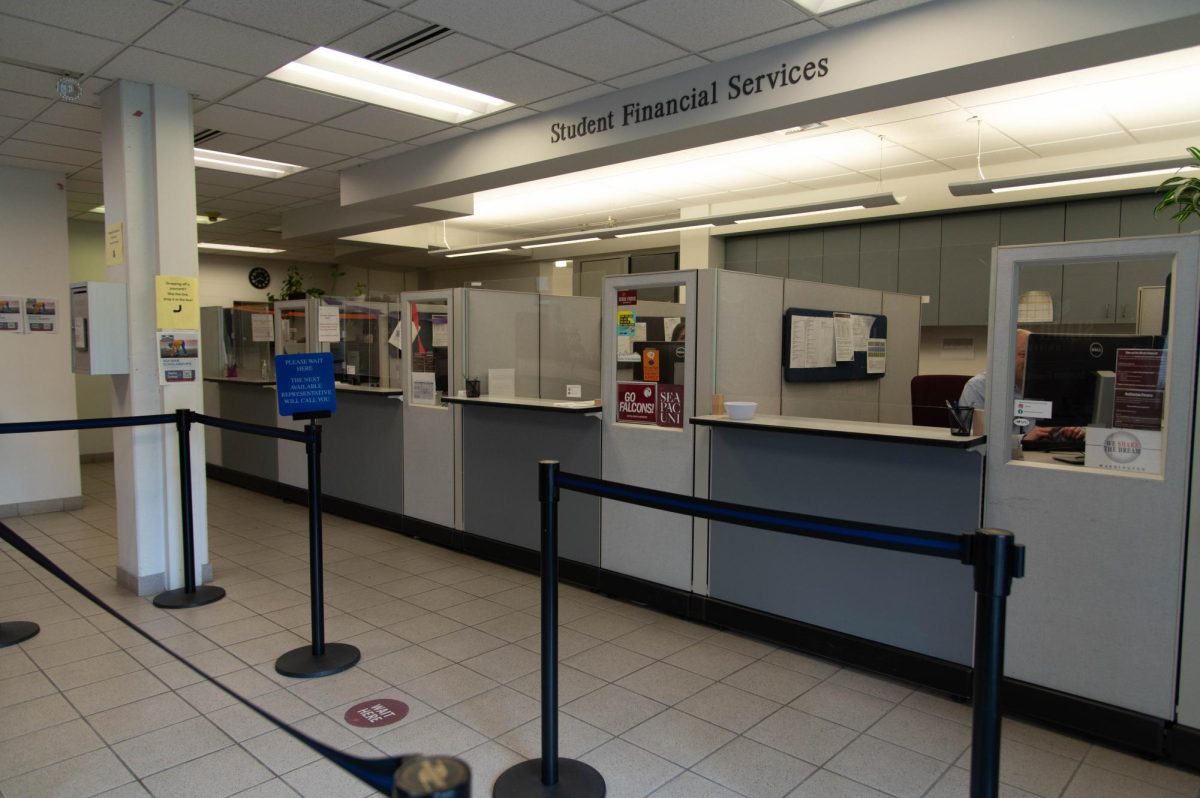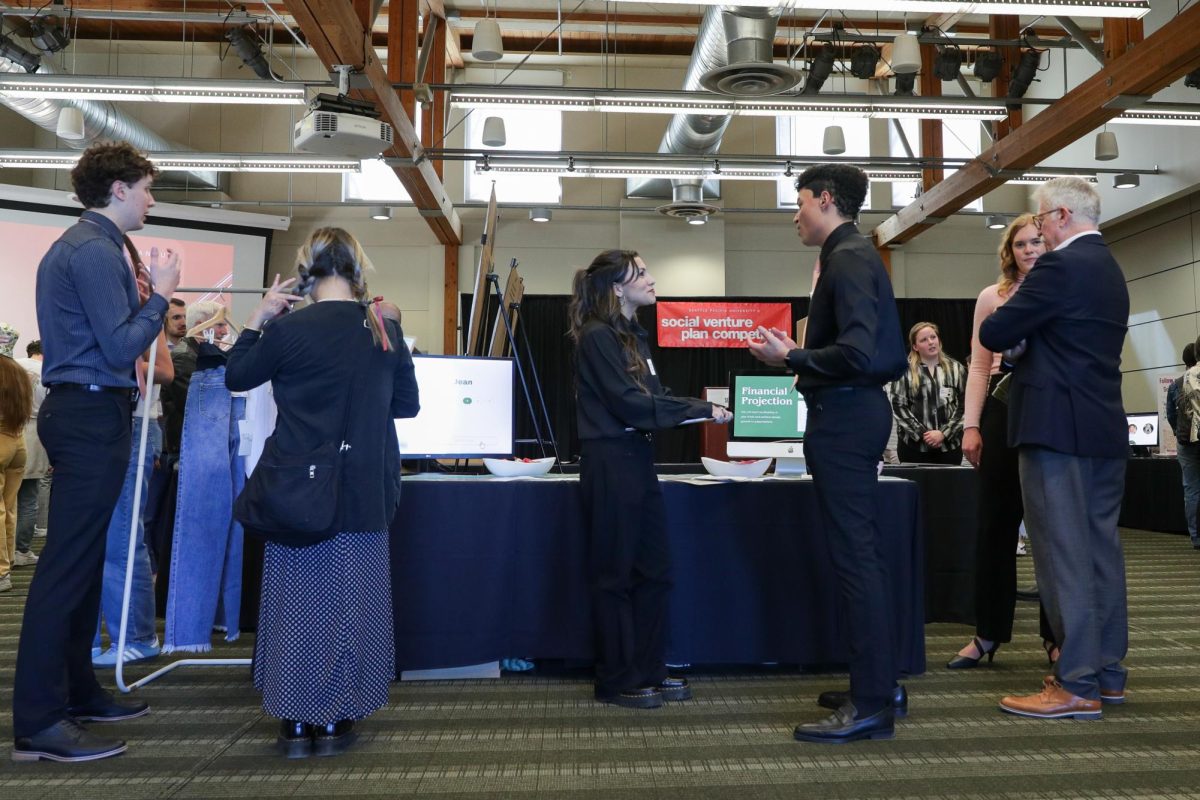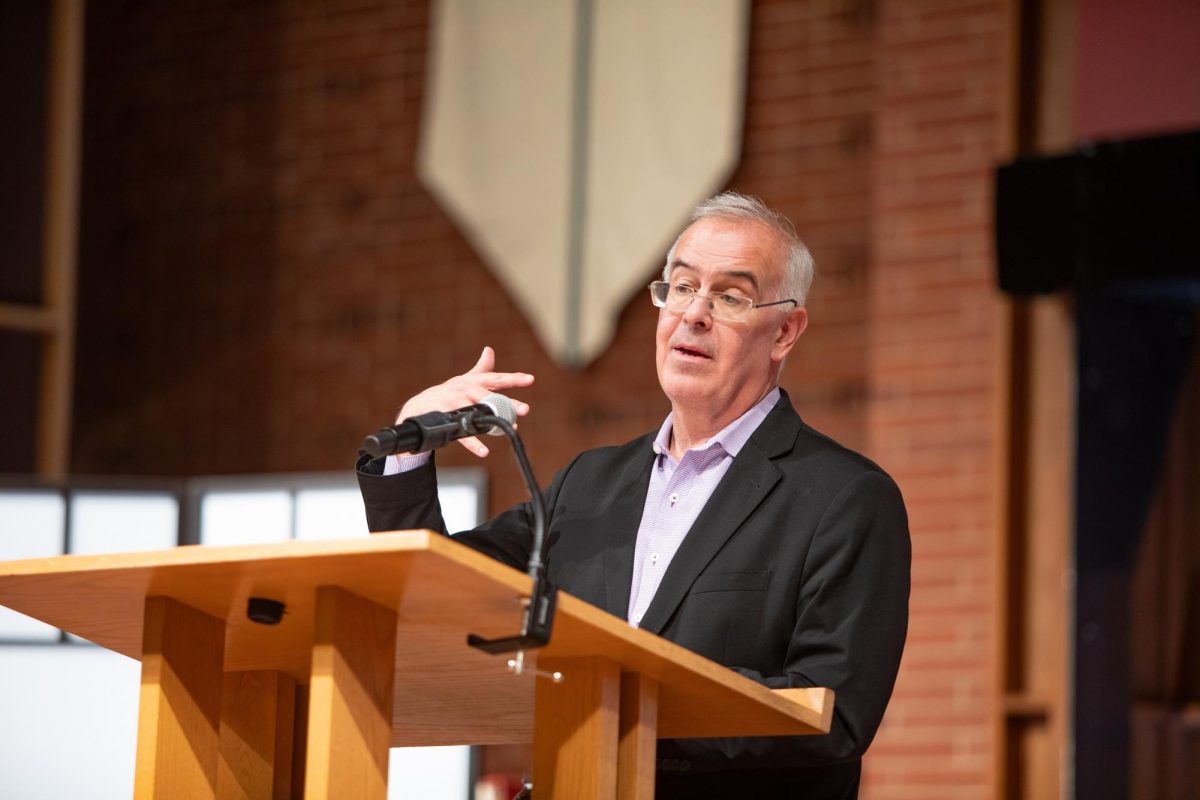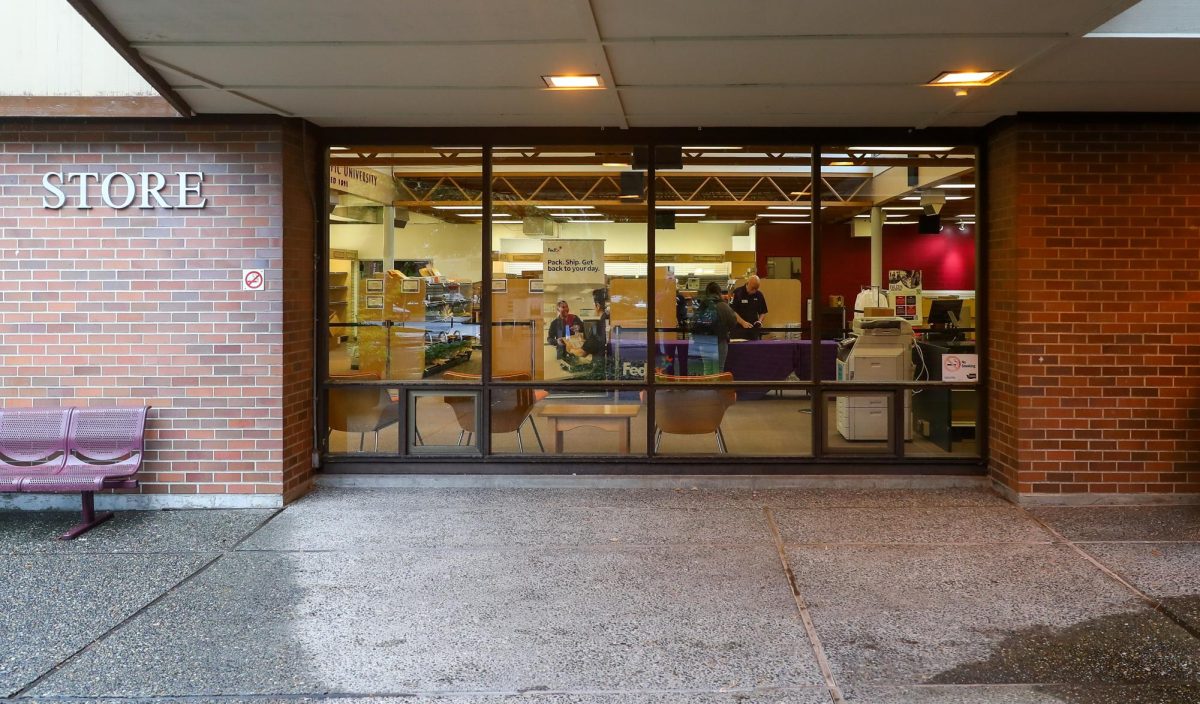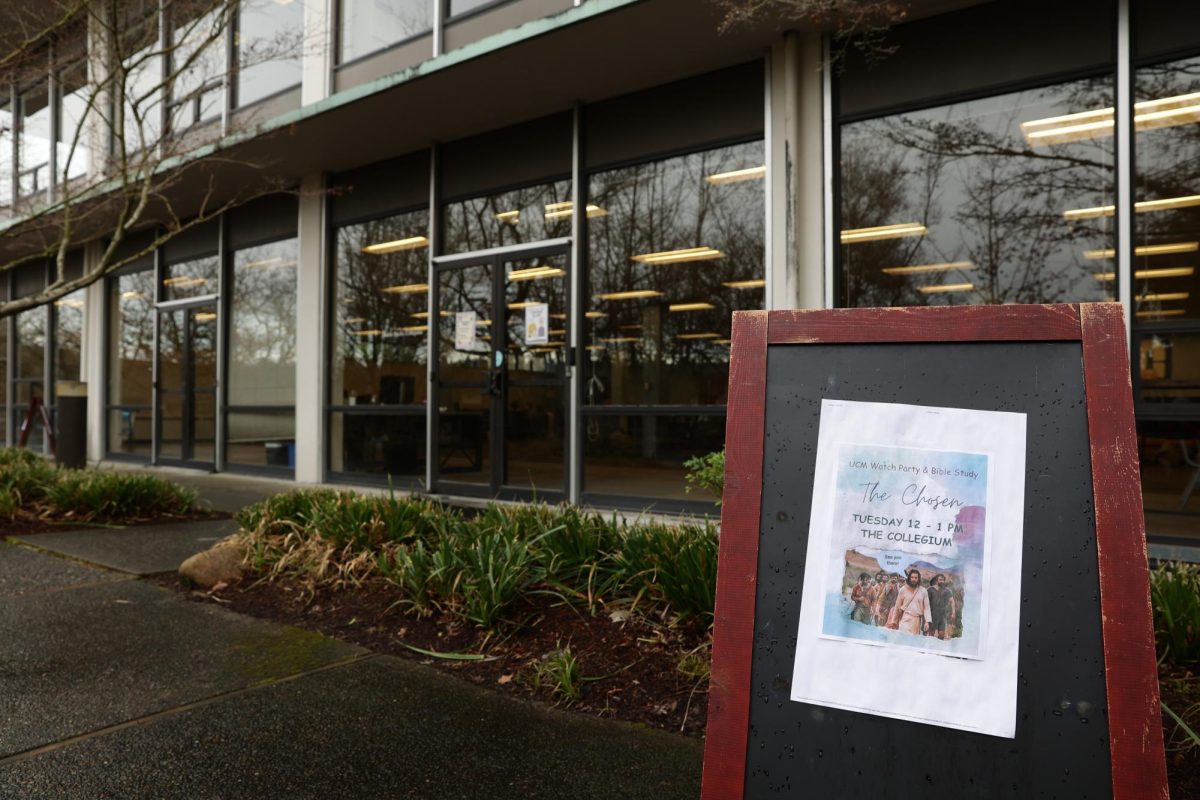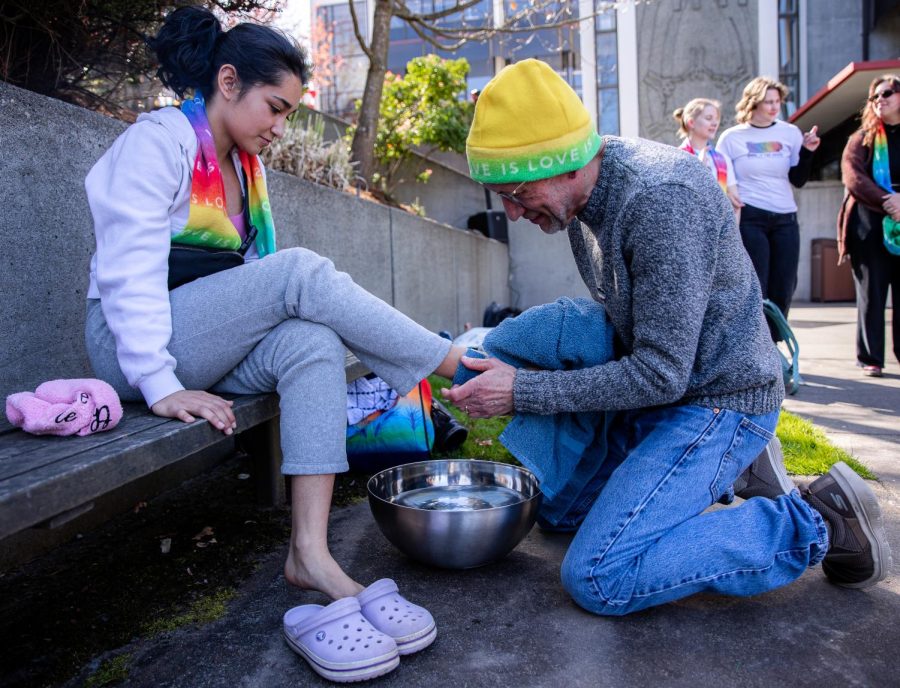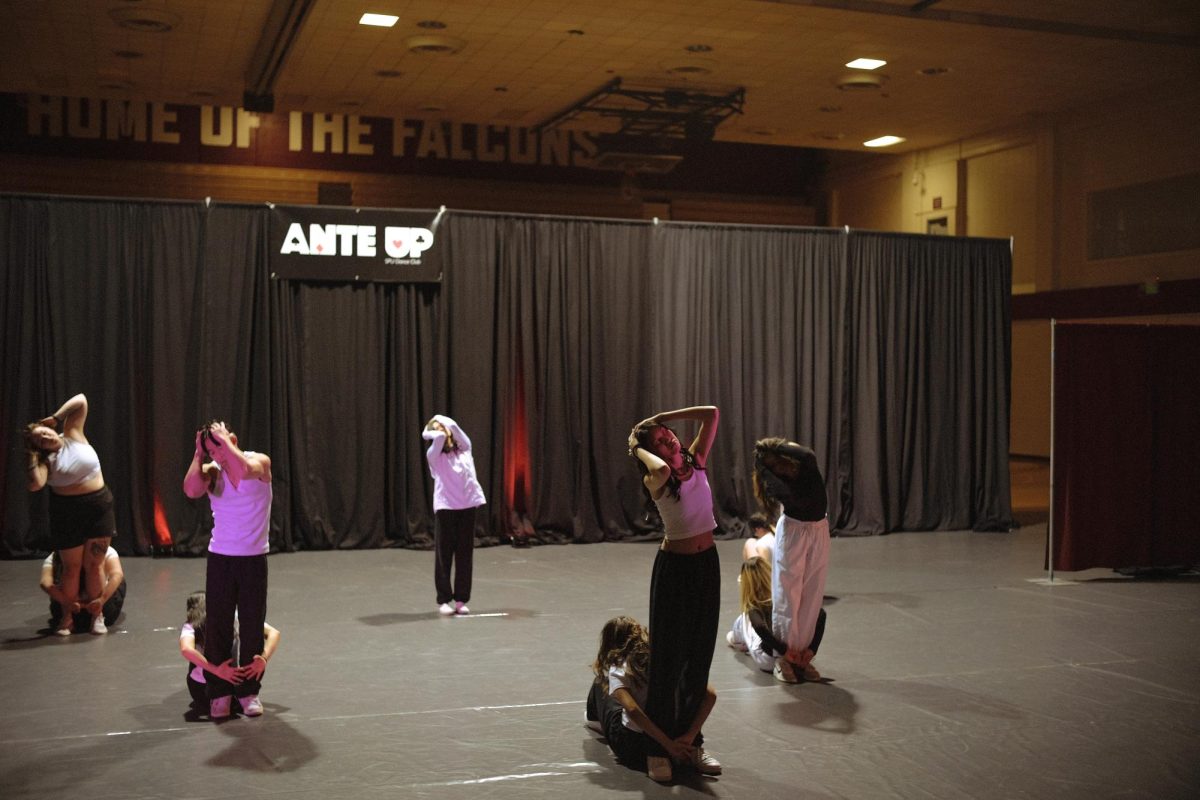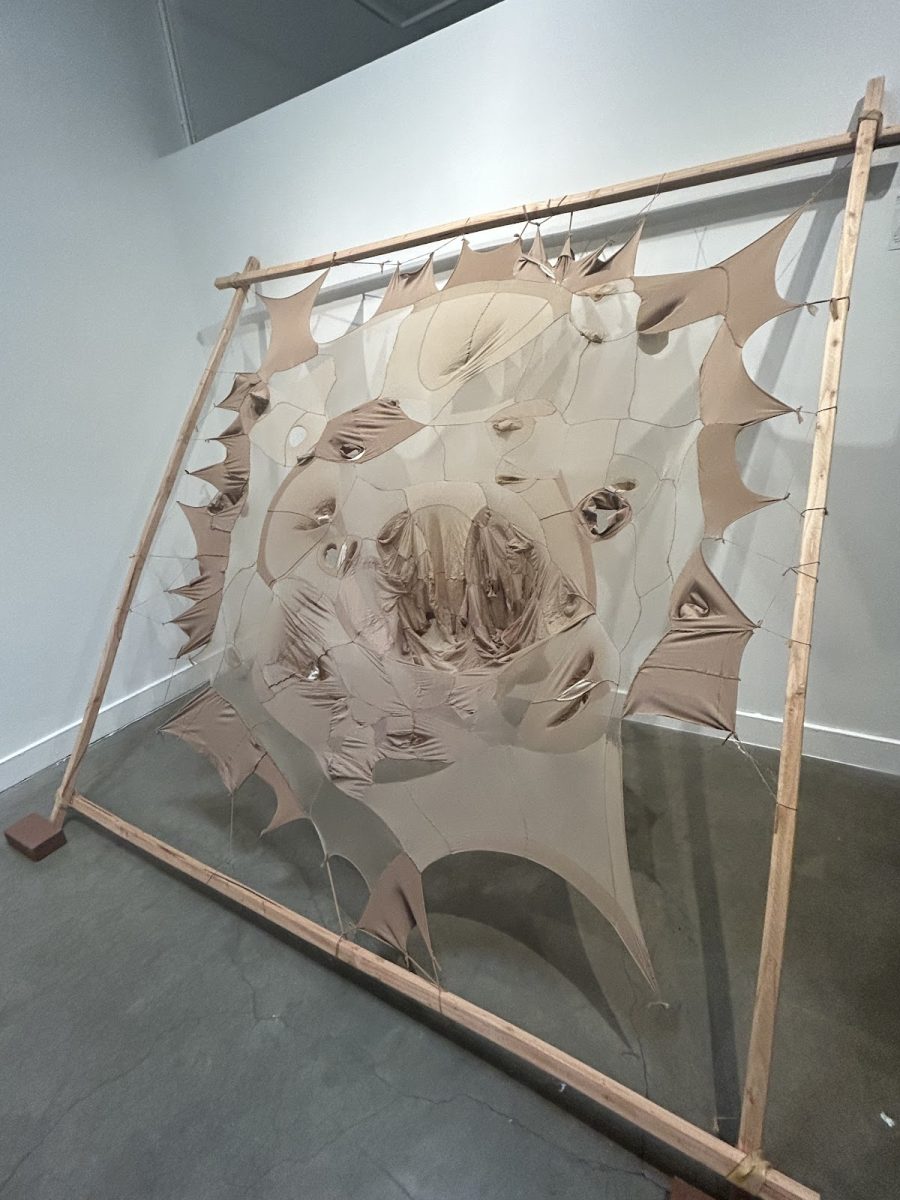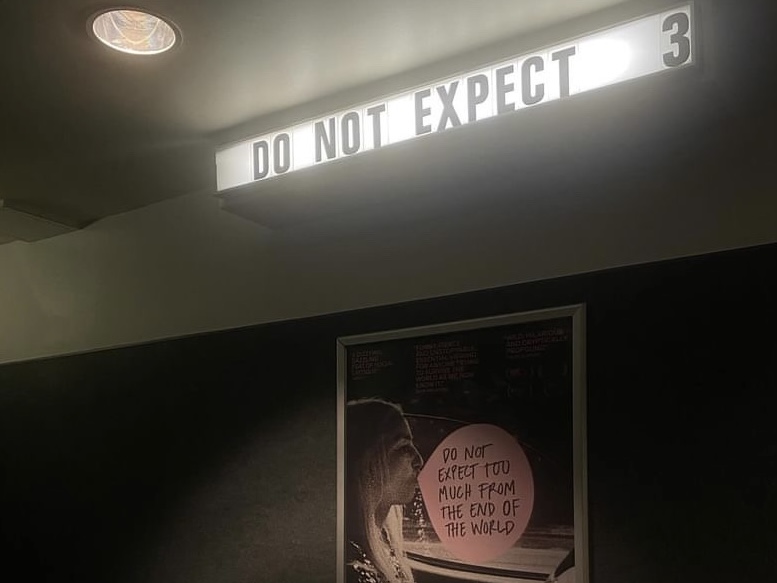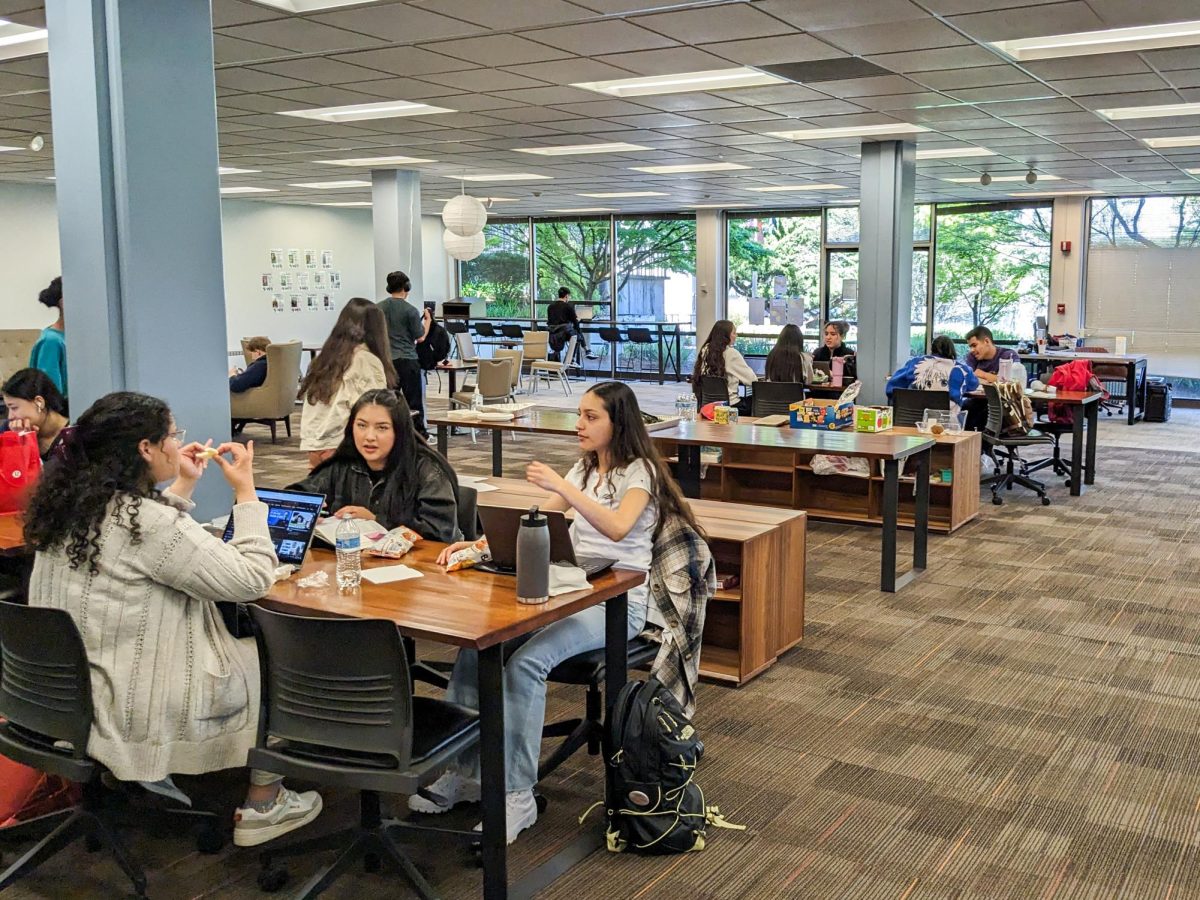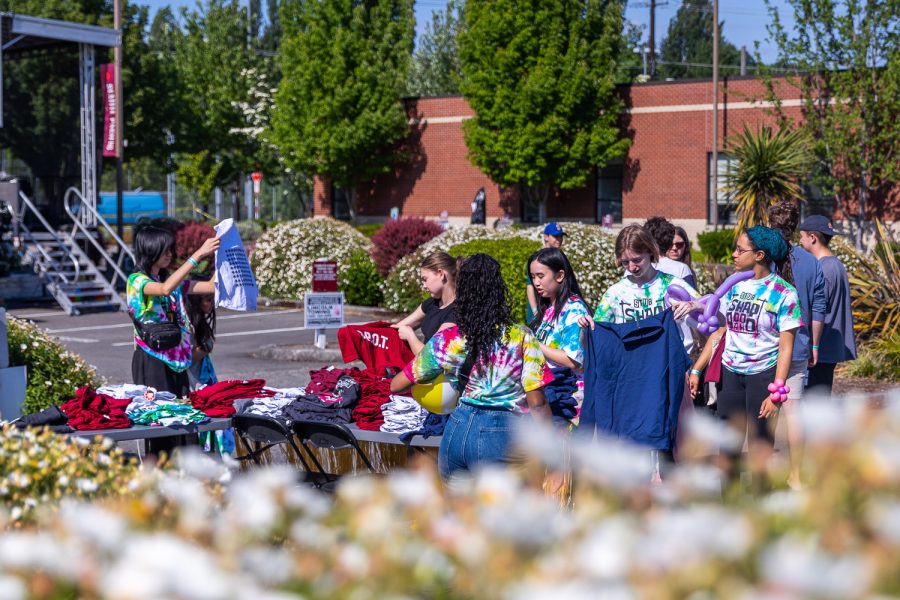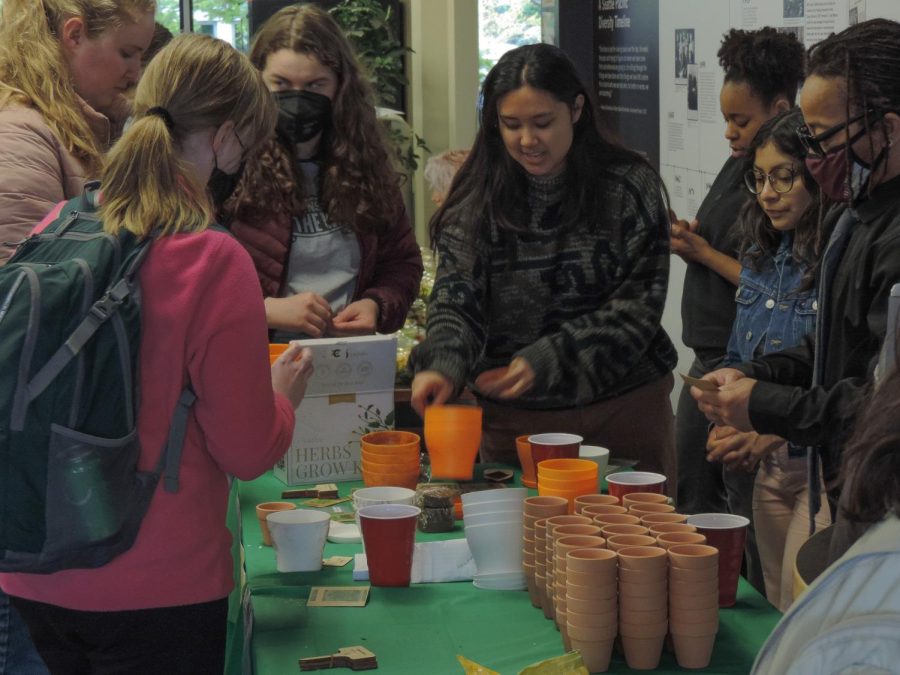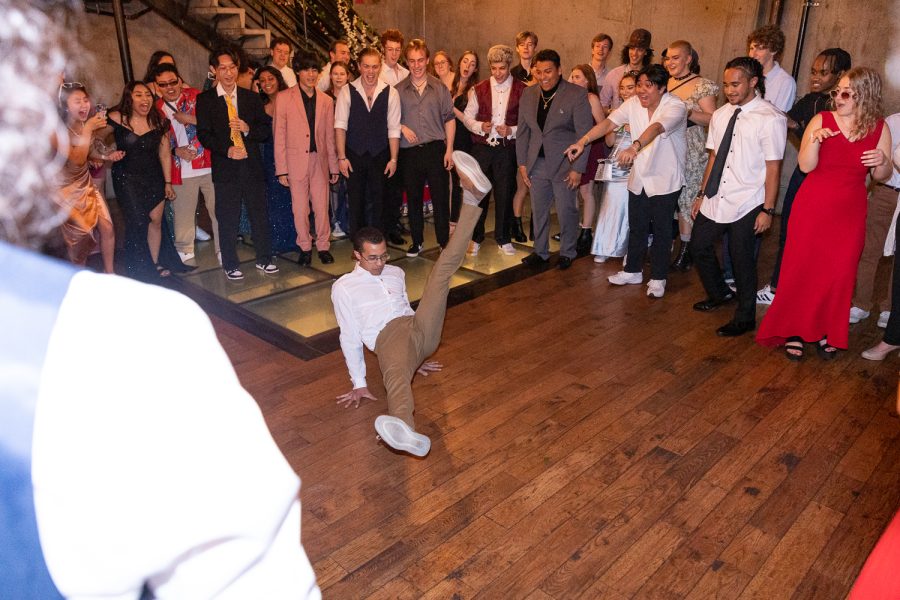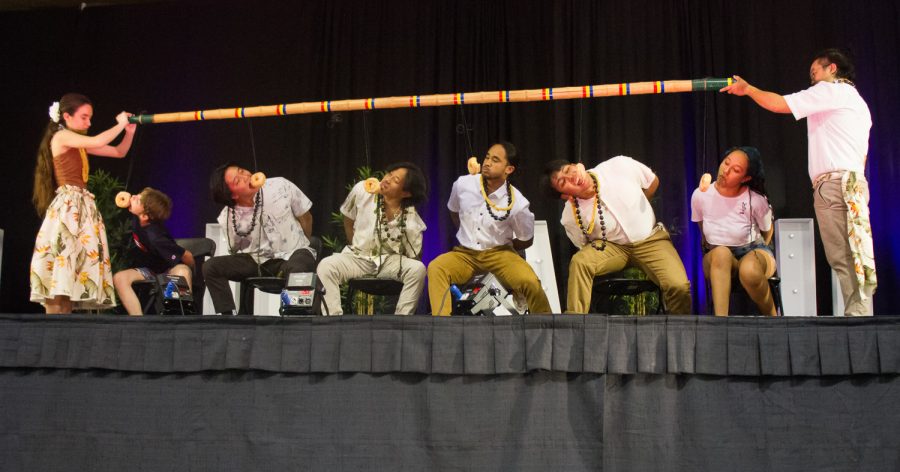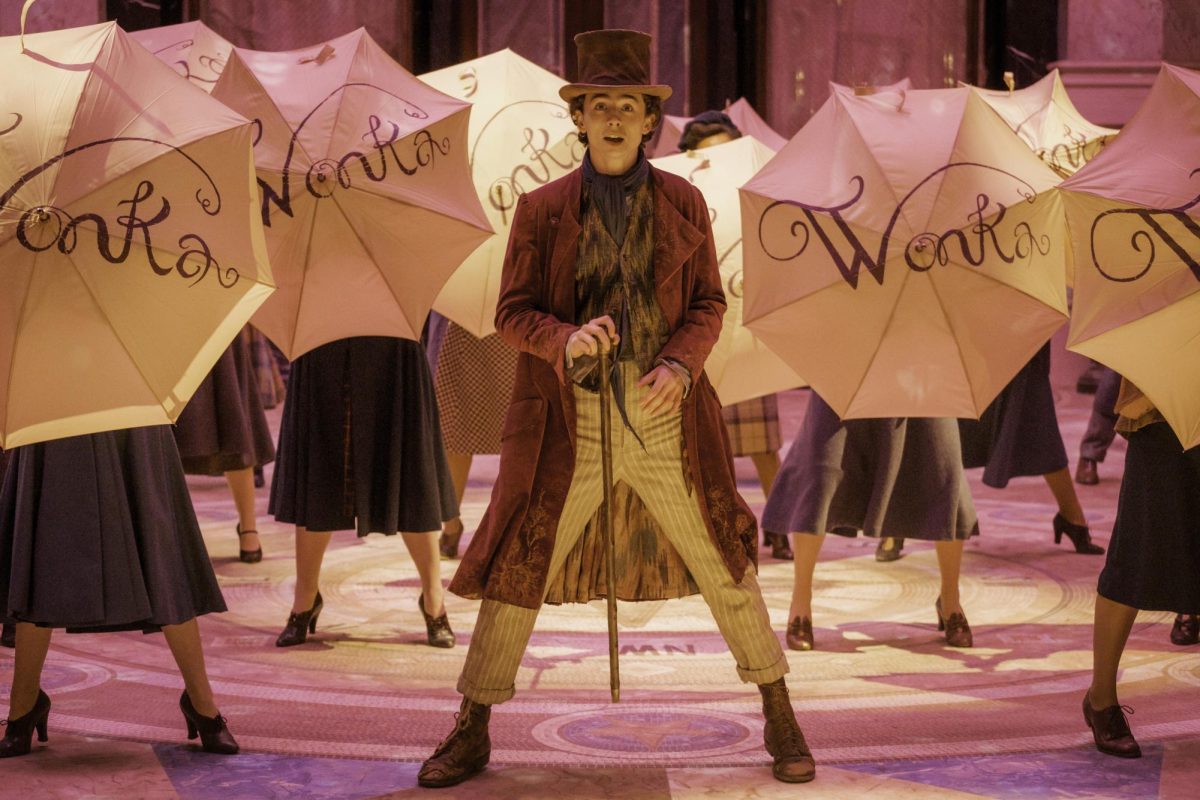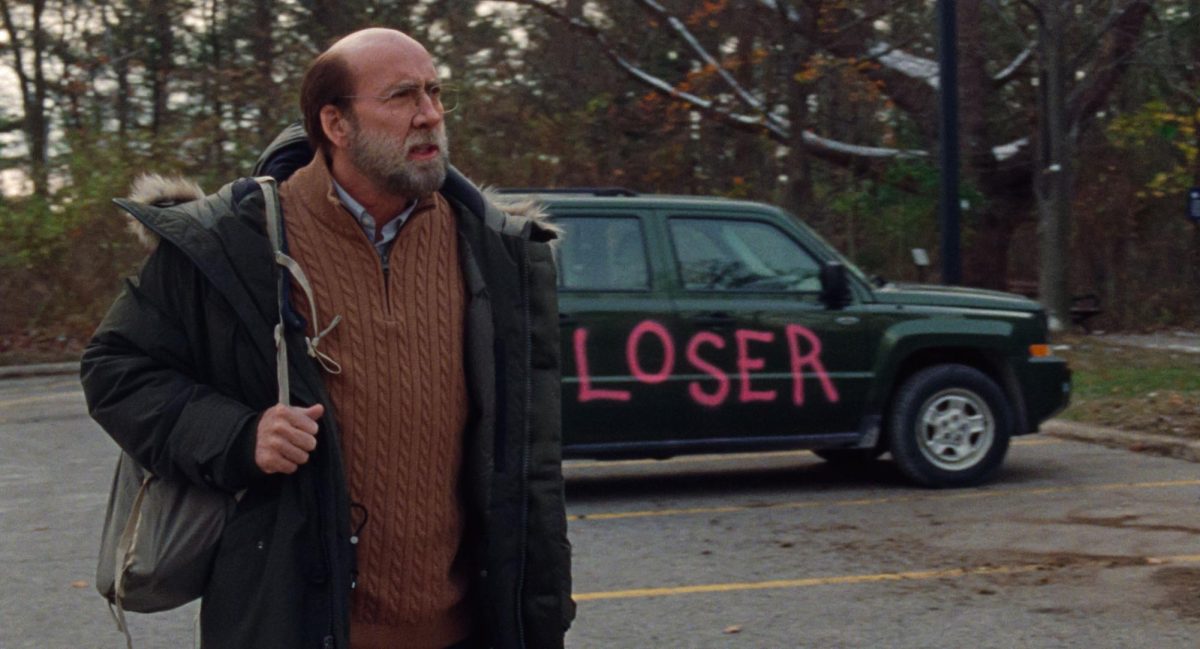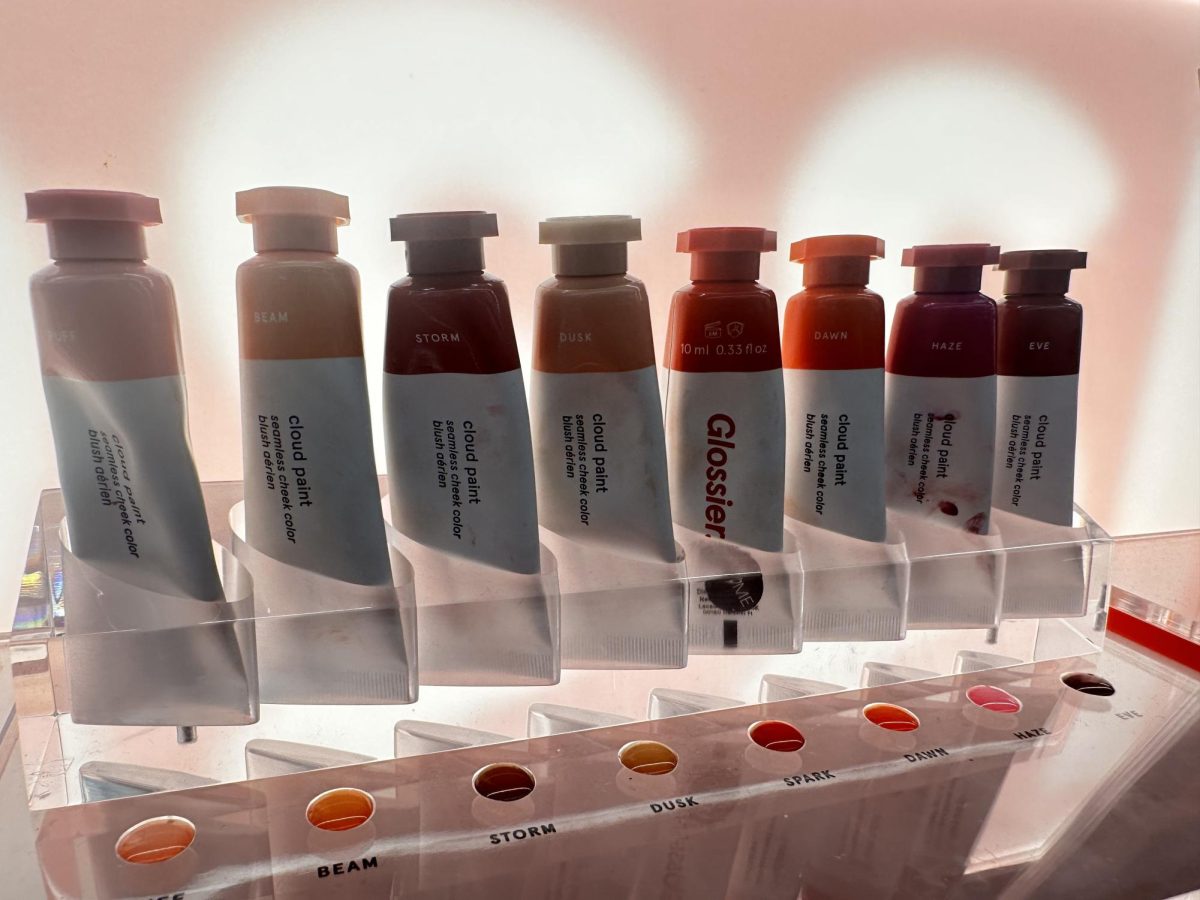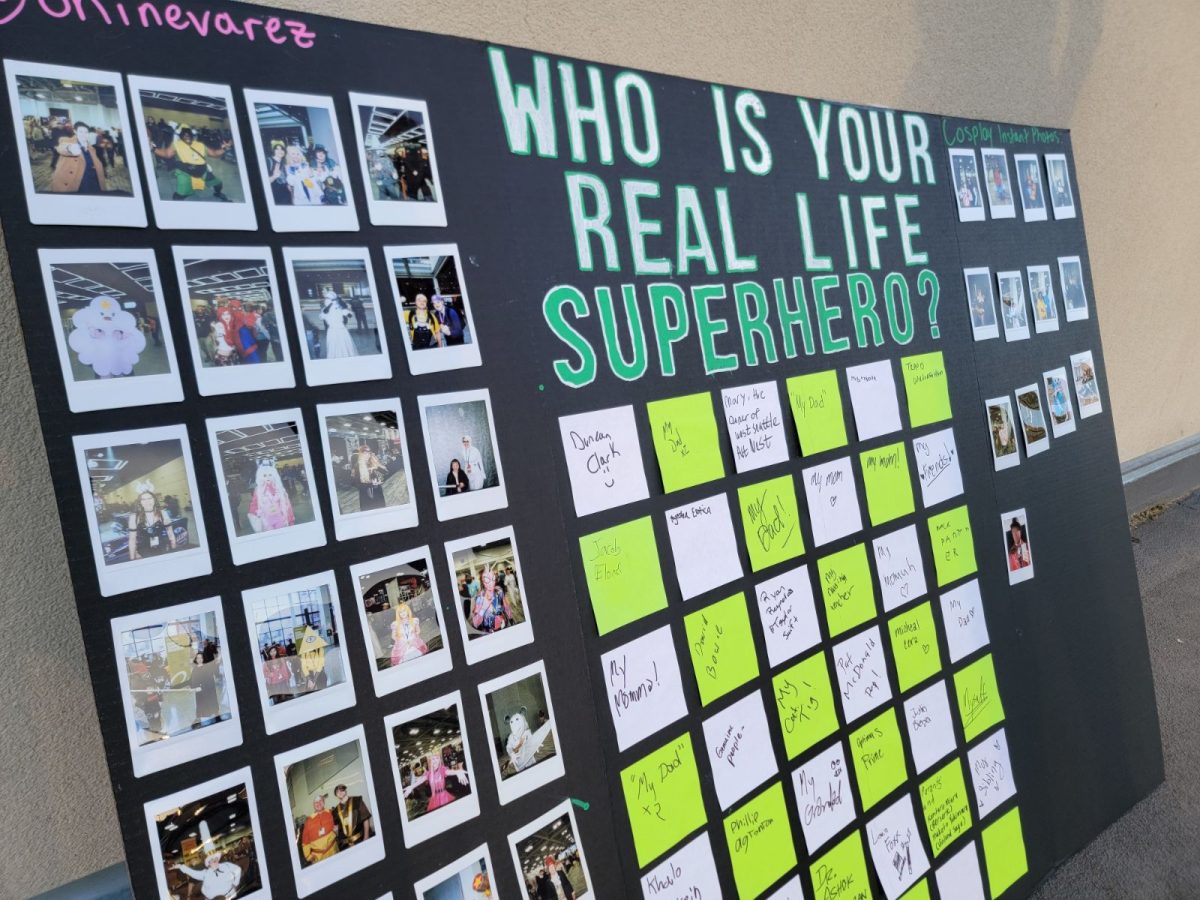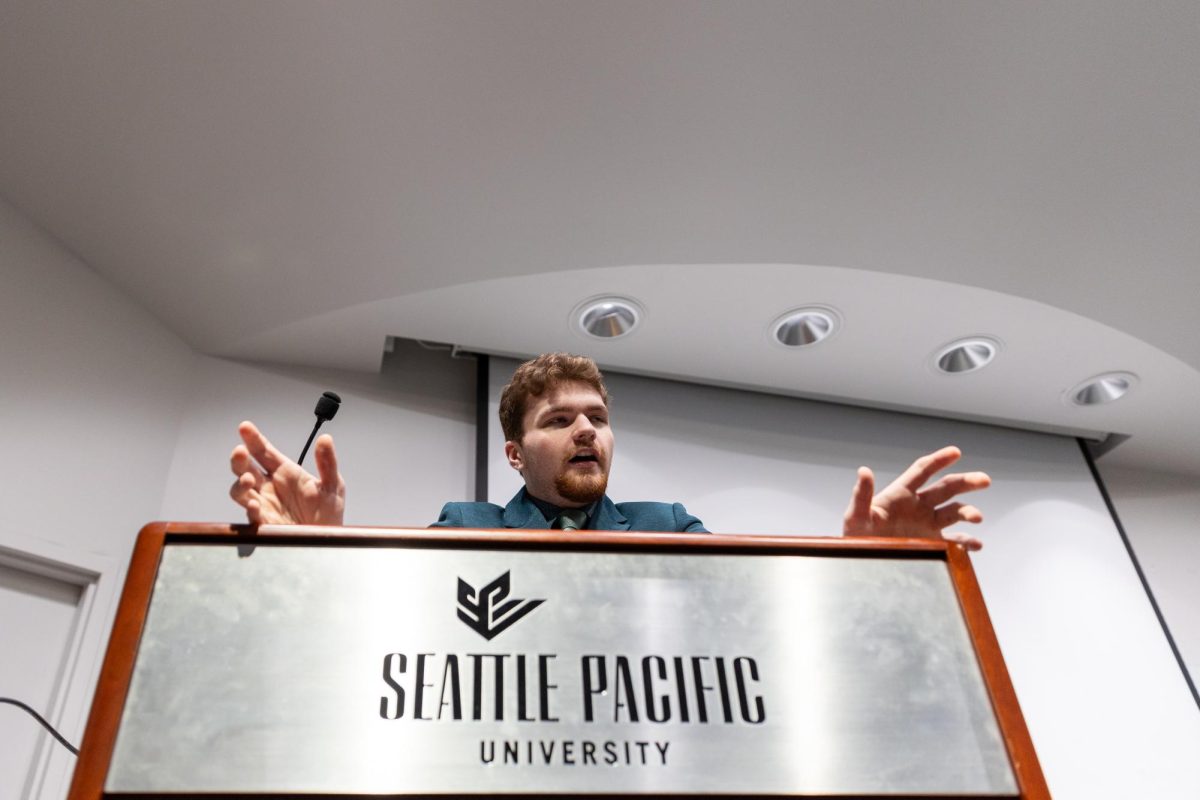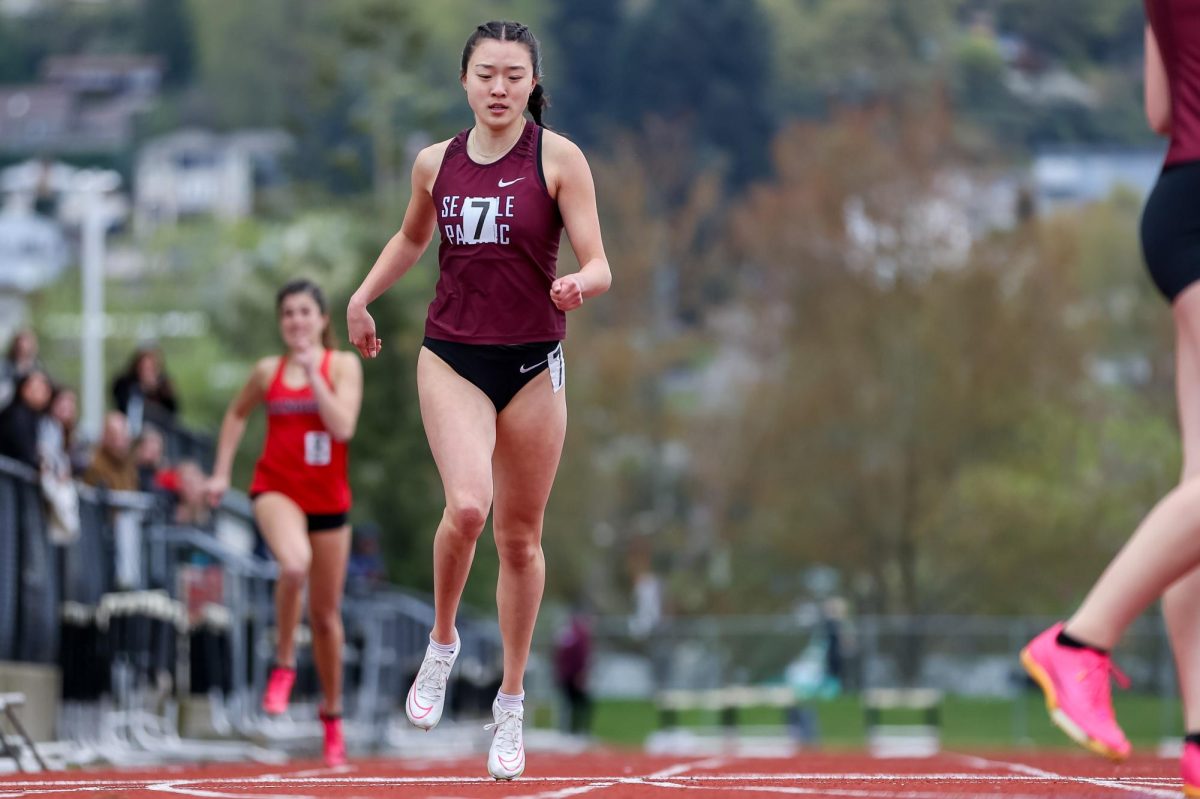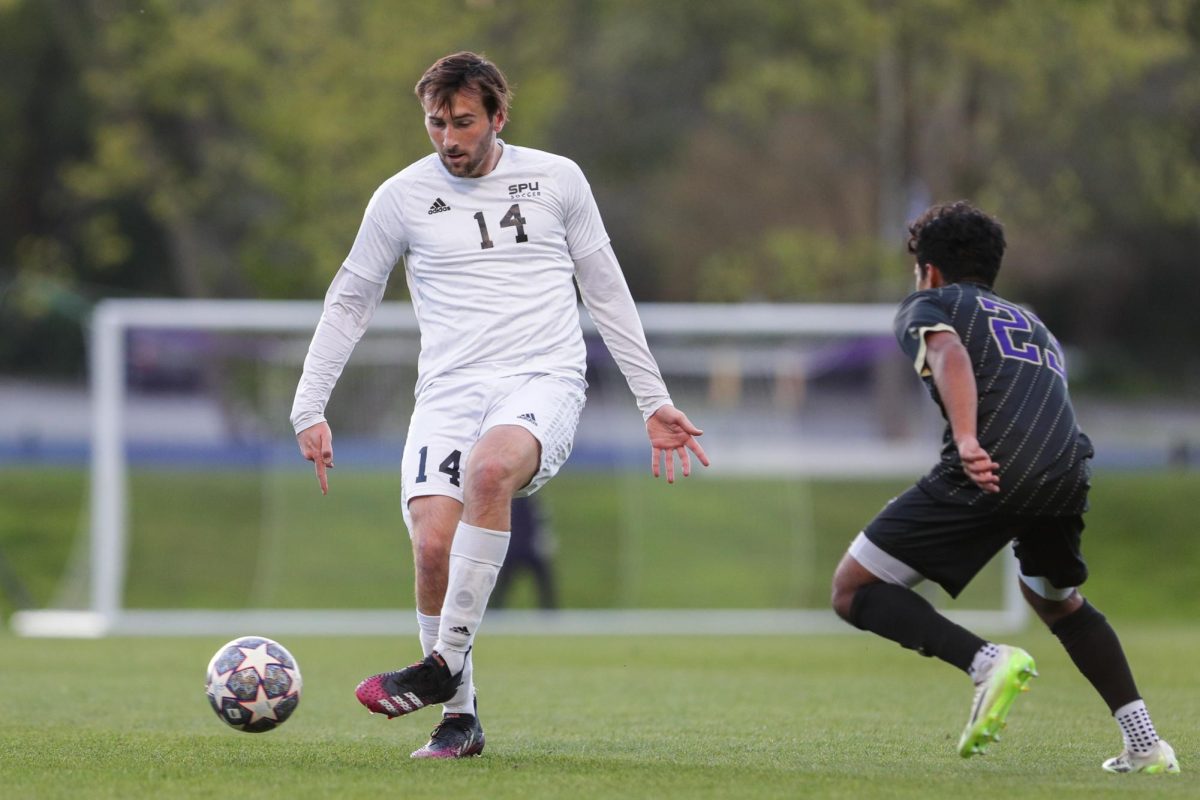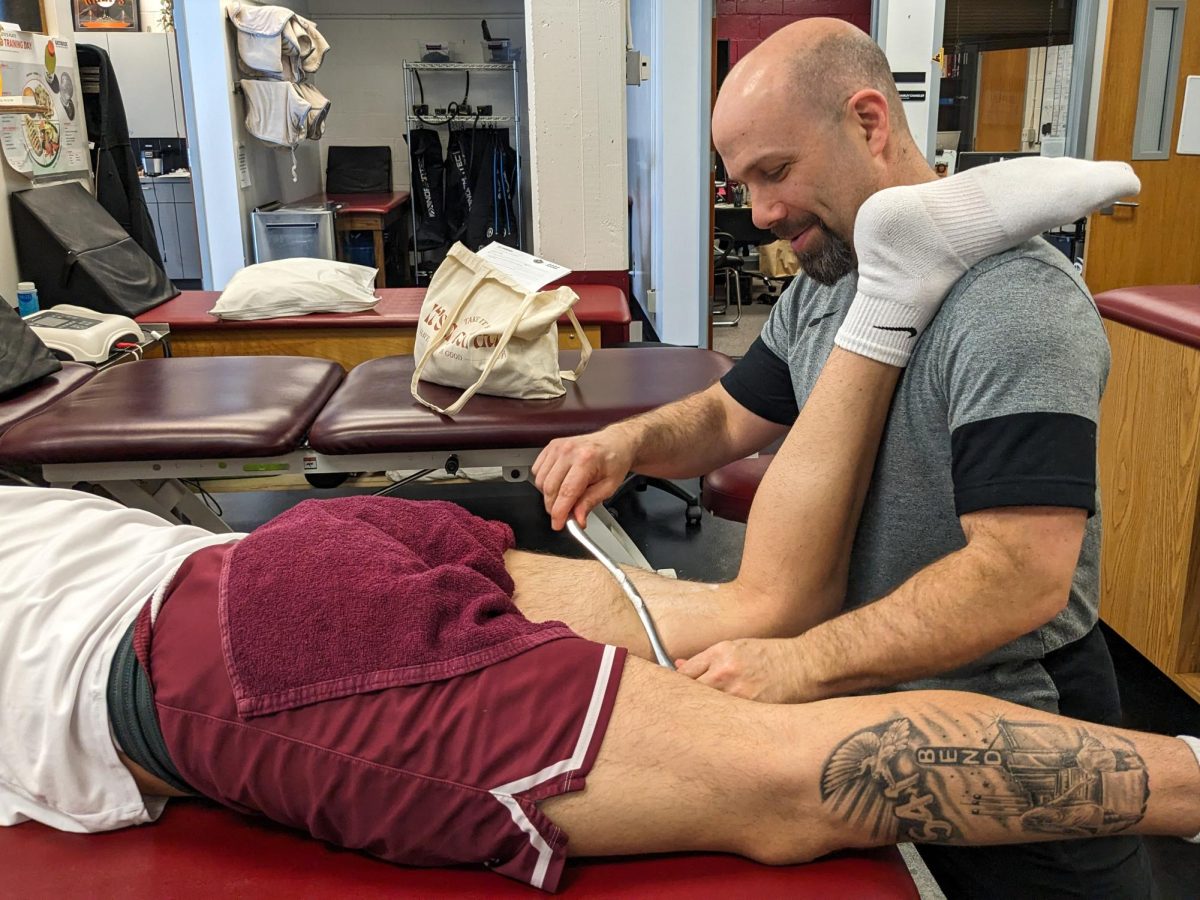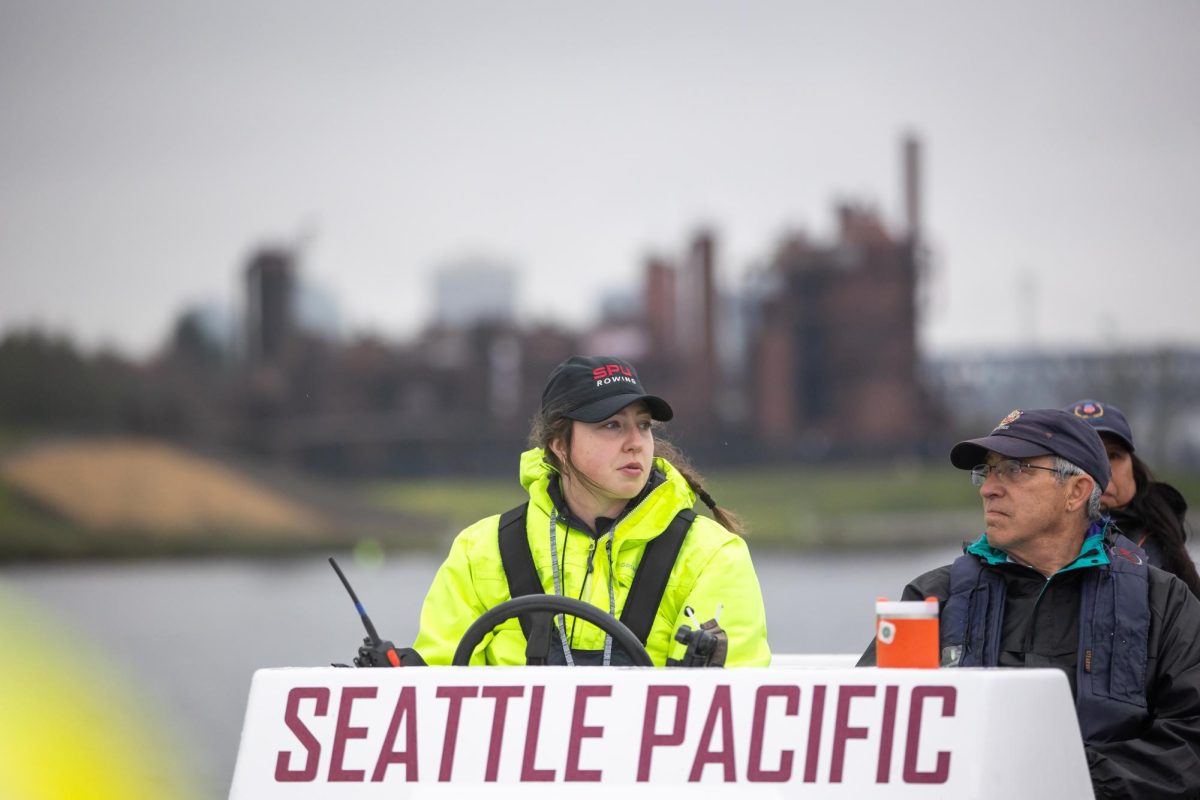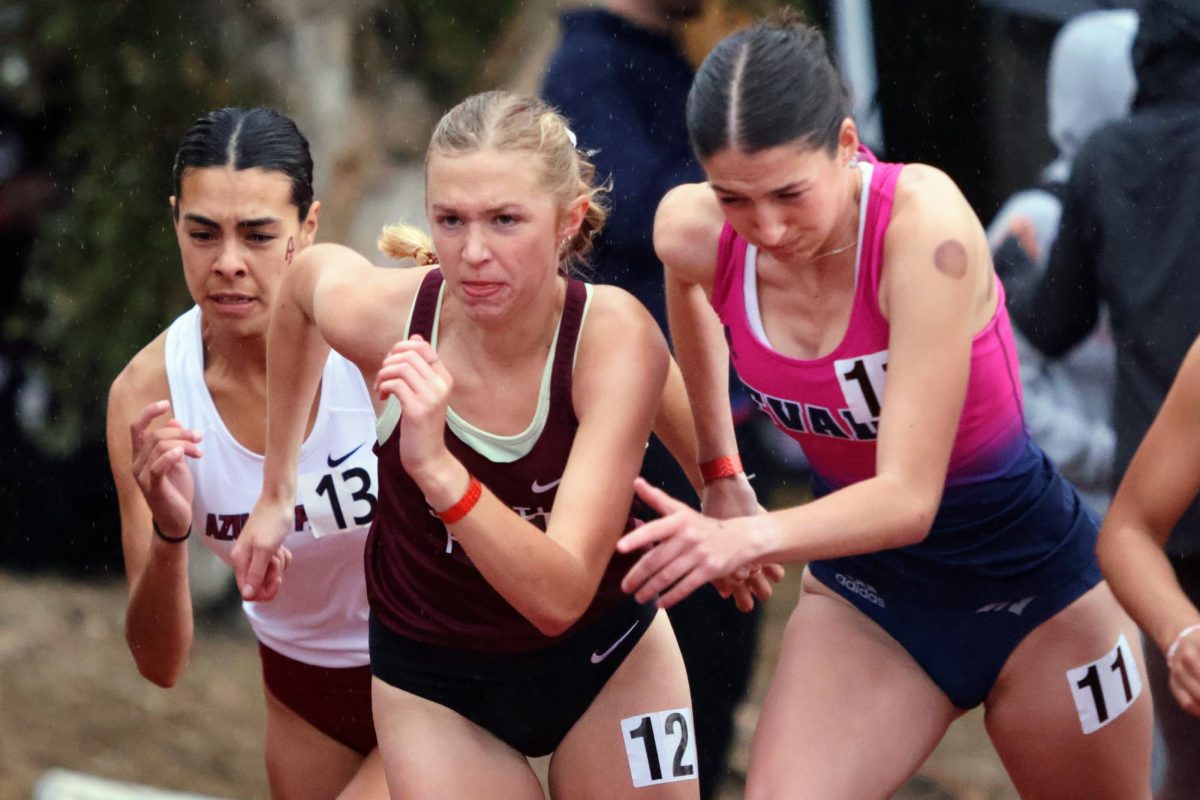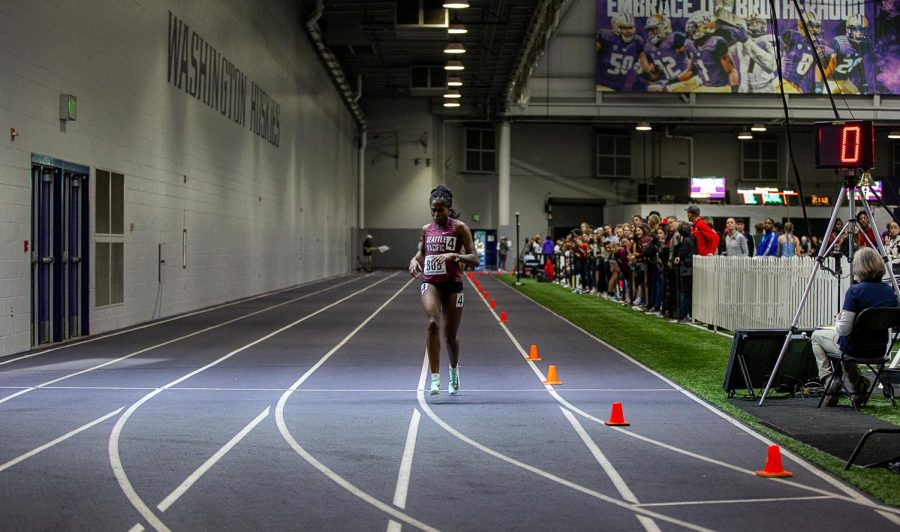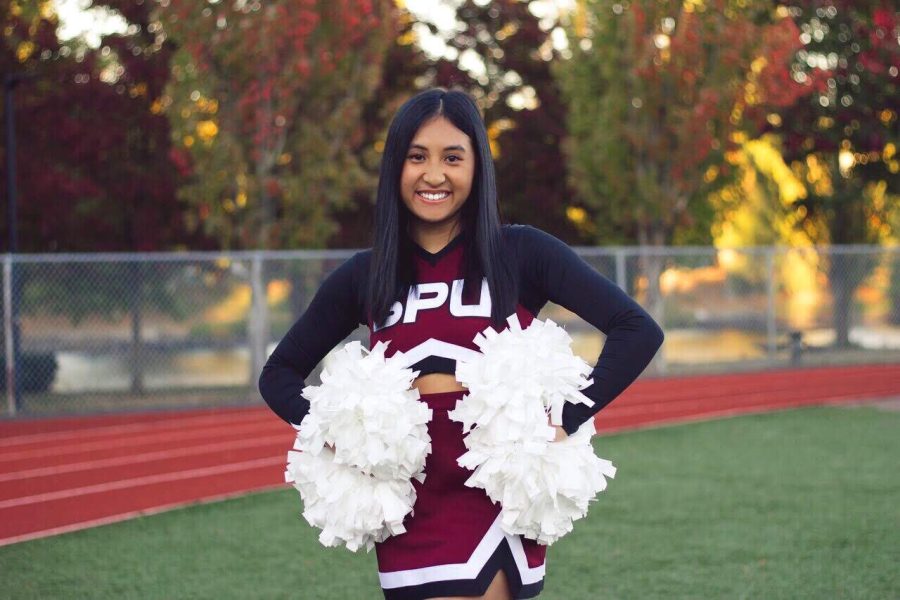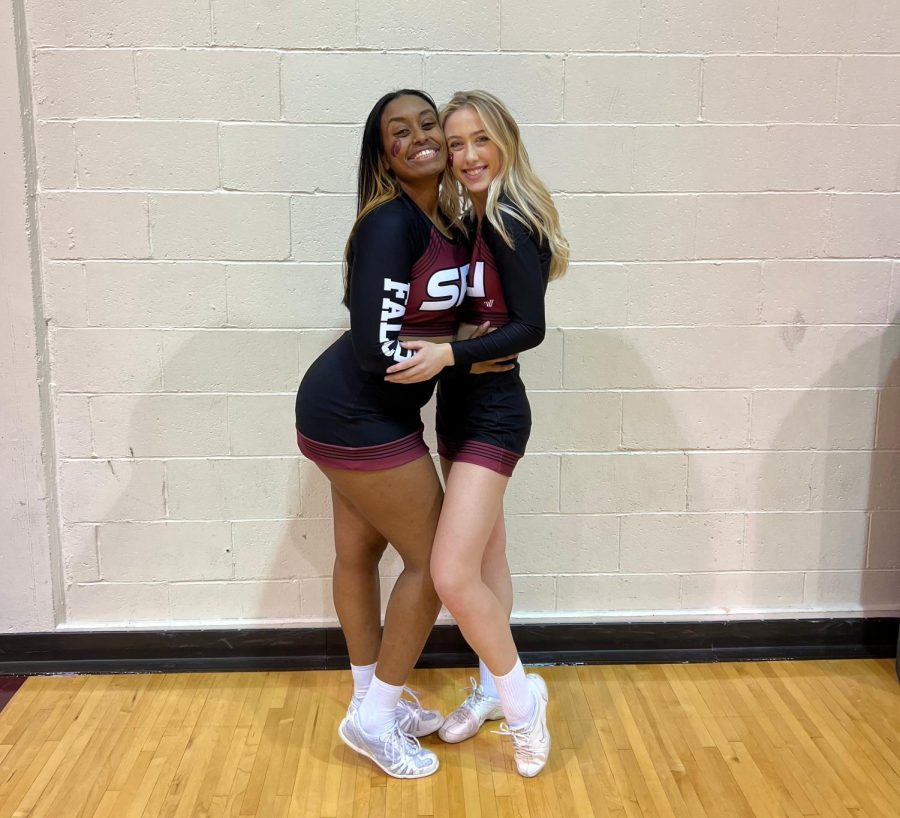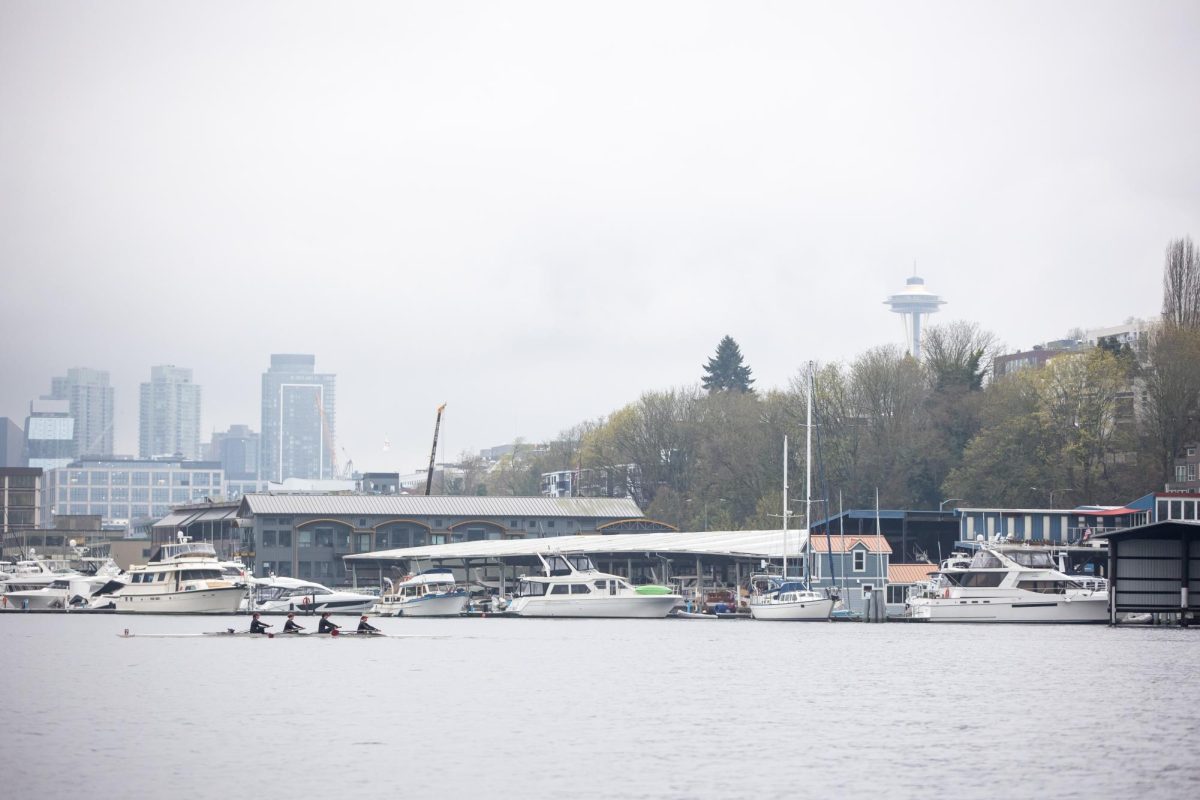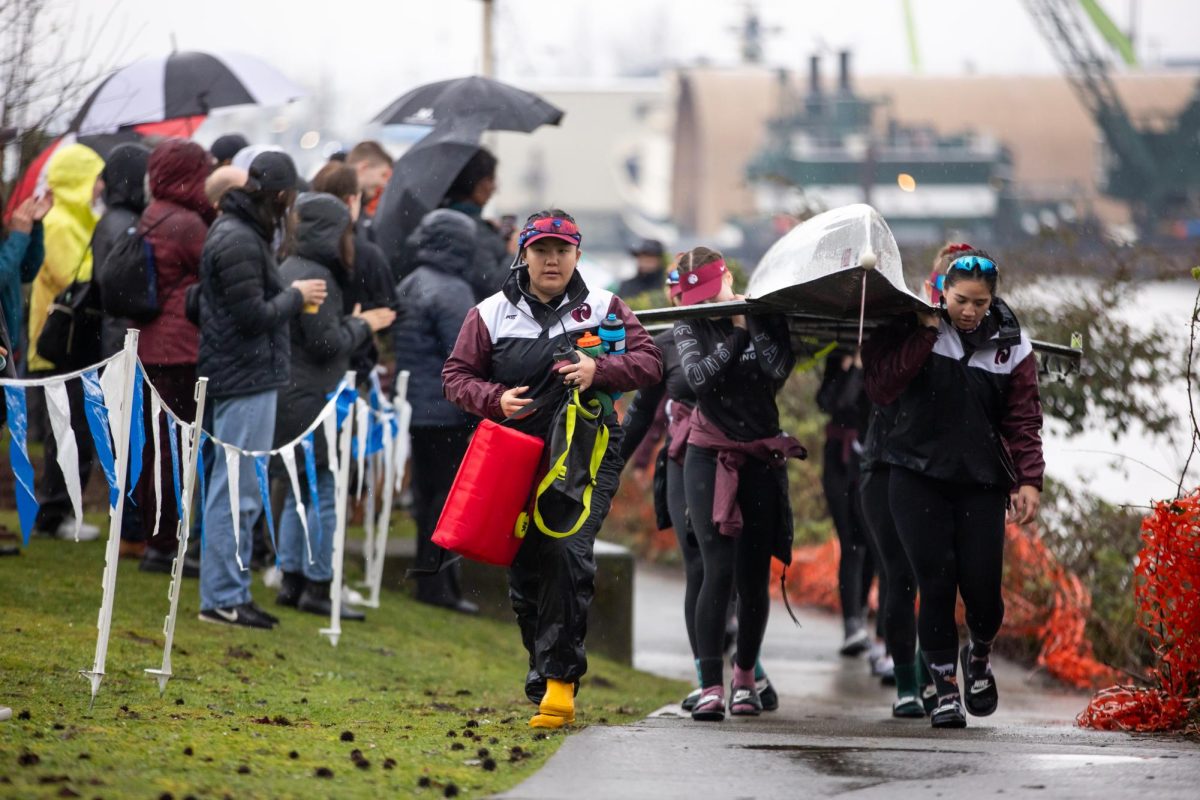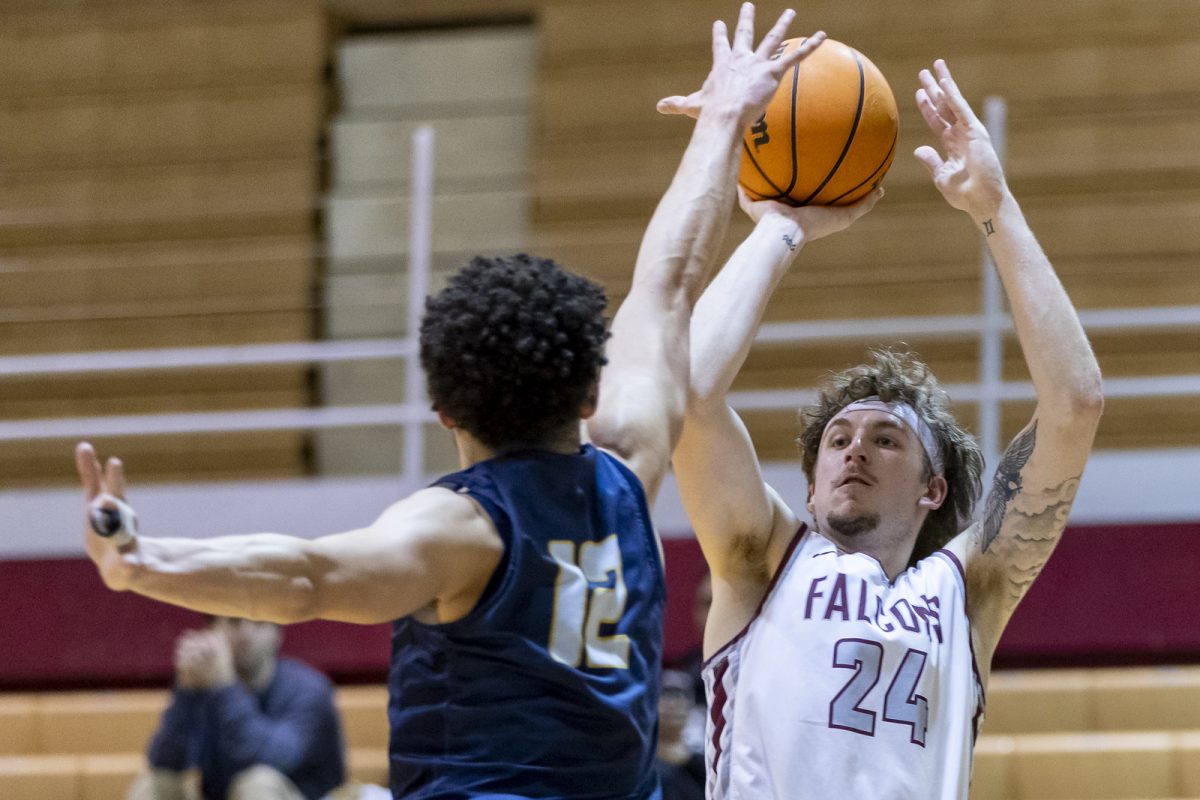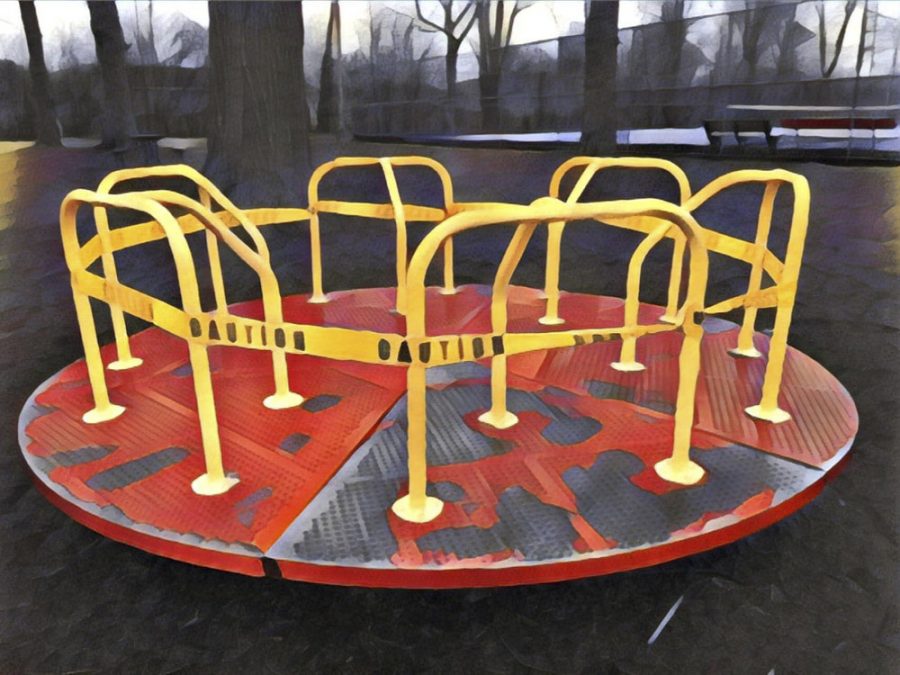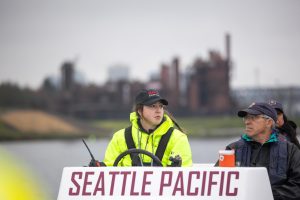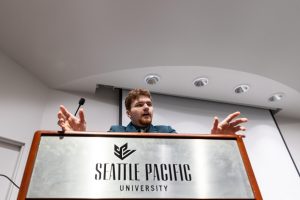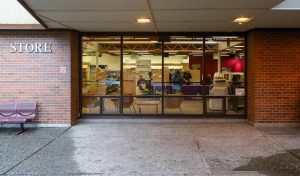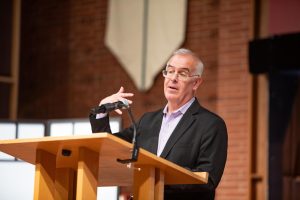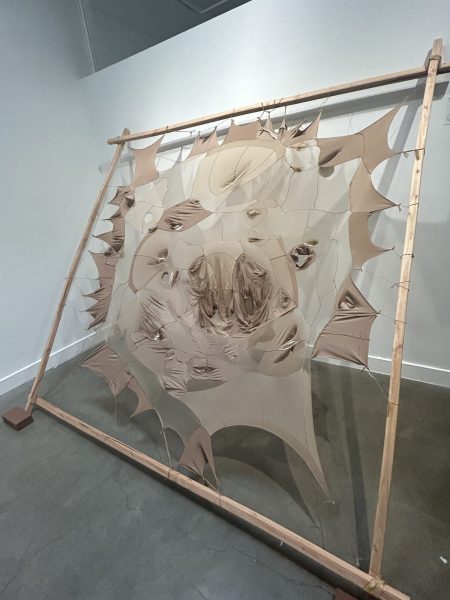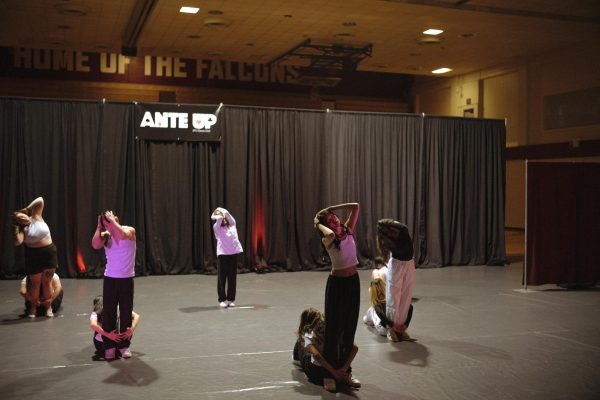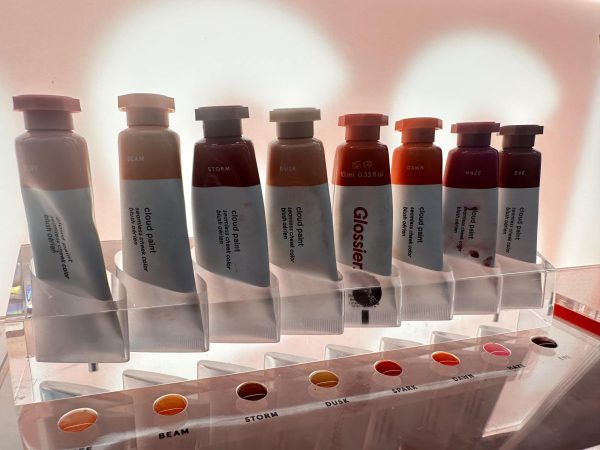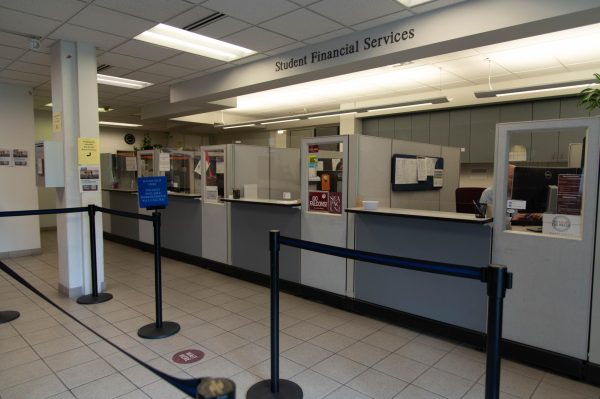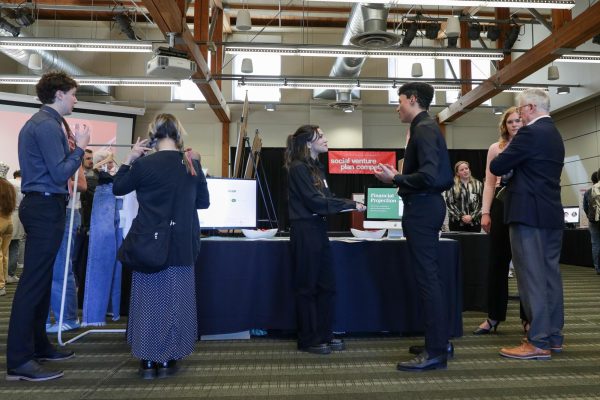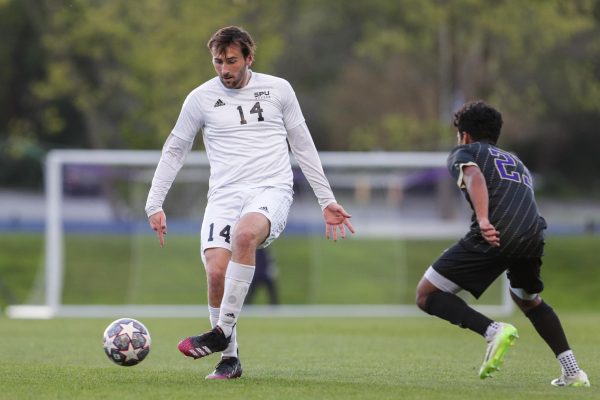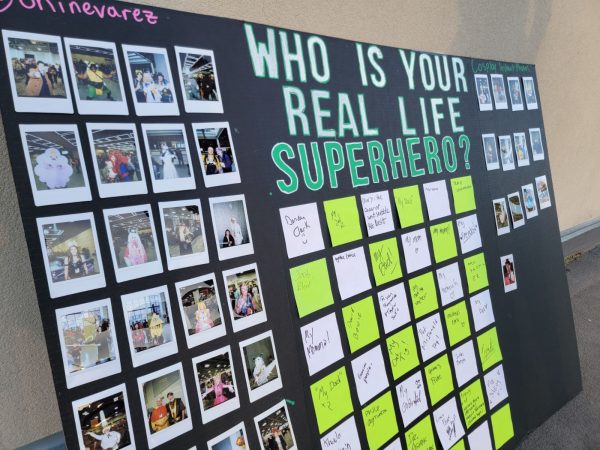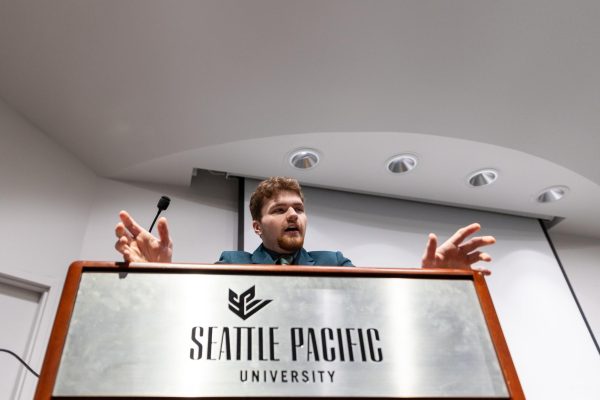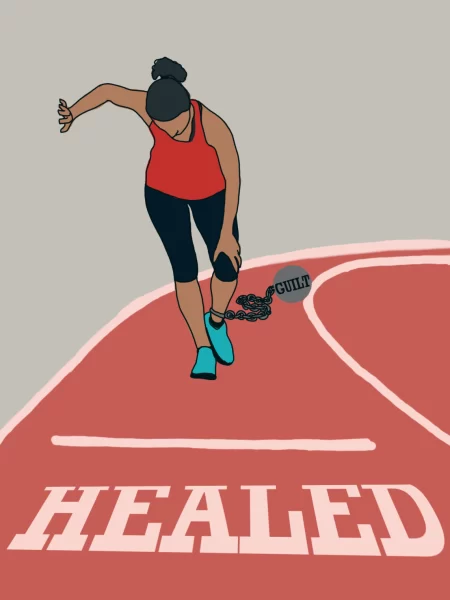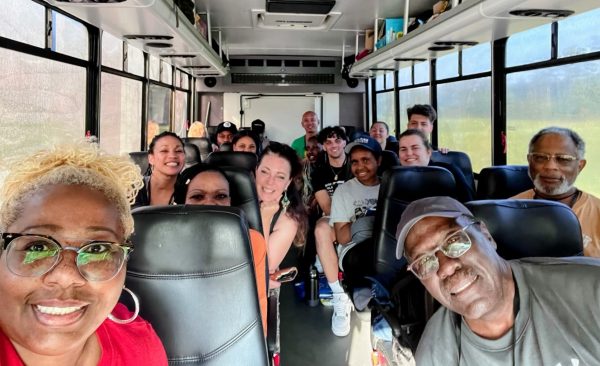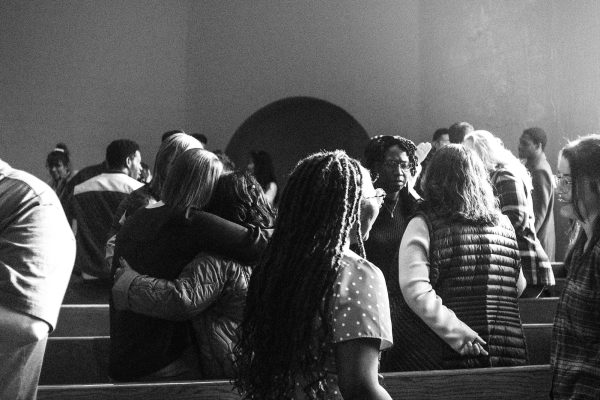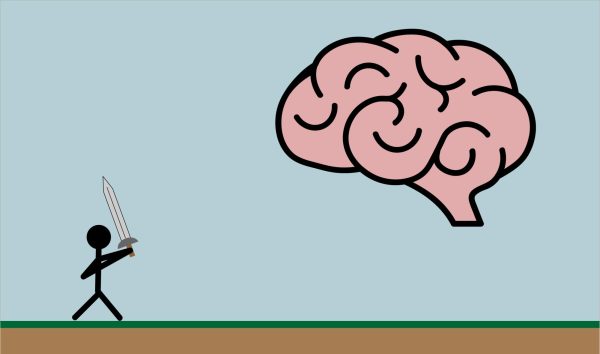Editorial Comment: Caution for life now limits regrets after pandemic lifts
Governments worldwide opening in the midst of pandemic, students still require caution
May 13, 2020
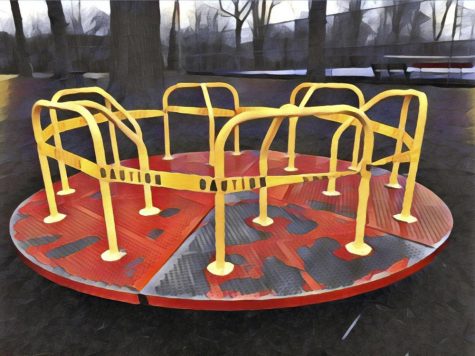
Every year, as mid-May rolls around, many colleges head towards finals week and graduations. Meanwhile, students at Seattle Pacific University are starting midterm season since the academic calendar starts in late September. Without Shapadooah, First Friday, All Hall Ball and all the other events that STUB, OSIL and Hall Councils put on, it is hard for many to find the motivation to end spring quarter strong. Though there is always a gap between graduations amongst the many universities, this year the Canvas quizzes and modules have become even more difficult.
Due to precautions made for the prevention of COVID-19 infections, going to graduation to watch friends and family members who have put four years into getting their degrees walk across the stage, spending a few nights setting studies aside, and the spontaneous hangouts at the “Hill Beach” are being put on hold. At least one can still walk outside, get lost in the spring weather that was void during the depths of December and remember that growth comes from periods of prolonged darkness.
However, some parts of the United States, including some counties in Washington, are starting to open up again in the midst of the COVID-19 quarantine and, as hopeful and encouraging as it is to see the light at the end of the tunnel, one has to stop and wonder if opening up is really the wisest decision.
Recently, Forbes compared COVID-19 to the Spanish Flu, which had an estimated death toll of 40-50 million. The Spanish Flu was handled with limited information available and without the help of vaccines or a national consensus on how serious the Spanish Flu truly was. As of March 11, COVID-19 has an official death toll of 79,756 in the U.S. alone. While knowledge of health and disease control has drastically improved since 1918, the world is still struggling to place a tourniquet on the social and economic effects of this pandemic.
It feels like the world is currently in a state similar to Tom Hanks’ role in the 2000 film “Castaway”: stuck on a desert island with just an ice-skate, a few coconuts, a volleyball and a toothache for company. Few people anticipated that COVID-19 would spread the way it did and create the public health emergency it has. Now, health professionals and legislators have to figure out what to do next with the materials they have crash-landed with.
For the broader public, there is no handbook on how to deal with a pandemic that so quickly closed down everything. No one knows what they are doing.
Every government has to figure out how to best serve its populace well. Some governments are starting to open up while other countries are maintaining restrictions on social distancing and non-essential activities.
This does not mean that communities are free from the era of COVID-19. This means that if the United States chooses to remain cautious, protesting for the right to freedom Americans hold dear is pitted against the health of the most vulnerable populations. This means that the measures taken to limit infection and deaths by “flattening the curve” have worked to a degree.
Governments across the globe are faced with the hard decision between restrictions for the good of public health and slowly opening up for the sake of economic stimulation and social health improvements.
This is a global experiment. How does one find the right balance of protecting the health of all and protecting the future that we will be facing once vaccines are available? One has to be willing to learn from the results of other trials, one has to be willing to patiently wait for the results to come to fruition.
A few extra weeks in quarantine, or a 12-week phasing back out of quarantine, might be the difference between the lives of our loved ones\; that is worth the wait.

